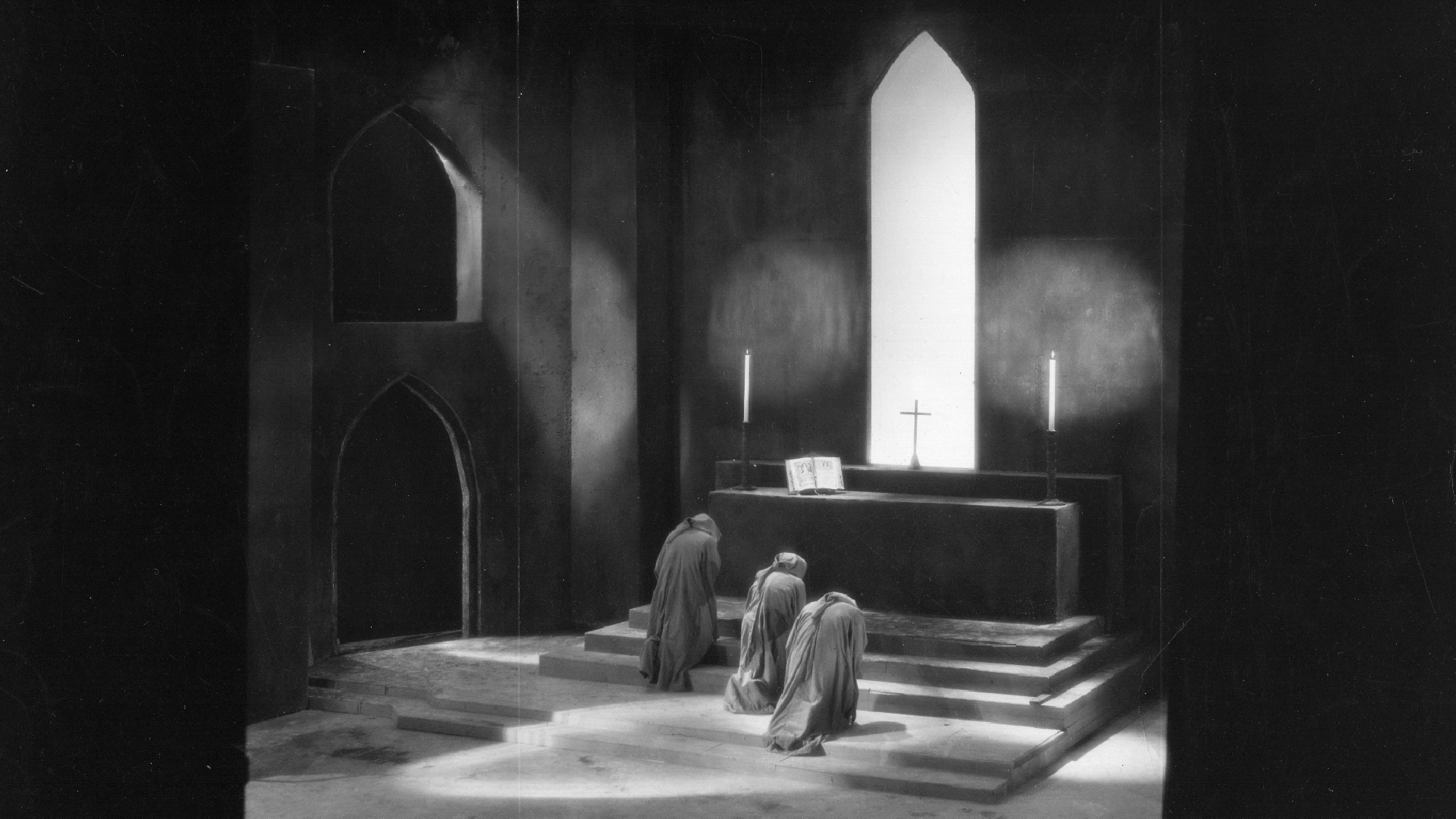
Section: Mexican “Noir”
The film tells the story of two monks who are embroiled in a complex psychological struggle for the love of the same woman, and of their eventual unraveling. A hallucinatory story of delirium, of a passion of love and art, realized in starkly reduced imagery. A vision of a magnificent obsession, an overwhelming madness.
- Daniela Michel, Chlöe Roddick (Morelia International Film Festival - FICM)
Juan Bustillo Oro
Juan Bustillo Oro’s career spanned 38 years - as a director, producer, screenwriter, and also as an author of crime and noir short stories. In his long theatrical experience, he was influenced by the German theater director Erwin Piscator. In his modern theater, he experimented with sound, using speakers and mixing cinema on stage. His debut in cinema, "Two Monks", was shot with an early sound system, in a time when theaters in Mexico were just starting to be sound equipped.
About the film
The beginnings of sound cinema in Mexico, in the early 1930s, saw the birth of a strange new genre that might reasonably be called ‘Mexican Gothic’. Indeed, Juan Bustillo Oro’s “Dos Μonjes” paved the way for a new type of cinema, which dealt with paranoia and repressed fear through films that broke the established norms. “Two Monks” remains one of the most significant and representative early works of the genre. The influence of German expressionism is again evident in the film’s moody, nuanced use of black and white, and the photography of celebrated Mexican photographer Agustín Jiménez, together with whom Oro created a strange, distorted atmosphere. French surrealist and writer André Breton was reportedly taken by the film, which he saw during a visit to Mexico, dubbing it a “bold and unusual experiment”.
- Daniela Michel, Chlöe Roddick (Morelia International Film Festival – FICM), Catalogue of the Festival Il Cinema Ritrovato, 2017


